Quantum simulation with higher-dimensional tensor networks.
Speaker: Dr. Joseph Tindall (Flatiron Institute)
Start Date/Time: 2025-4-9 / 9:00 a.m. (Taipei time) = 2025-4-8 / 9:00 p.m. (New York time)
End Date/Time: 2025-4-9 / 10:30 a.m.
Host: Prof. Ching-Yu Huang (THU)
Online Zoom Link: https://zoom.us/j/91356947494?pwd=IjtKbcM9ObQfbj6cAWZFySoszuKP1b.1
[Registration] is required
Abstract:
Simulating the dynamics of many-body quantum systems is one of the foremost challenges in modern-day physics. In this talk I will demonstrate how structured tensor networks can be used to meet this challenge. I will begin by introducing a graphical approach to working with tensor networks and show how it allows the seamless implementation of message-passing-based contraction schemes for their efficient contraction and subsequent optimization.
I will then focus on several recent quantum simulation experiments and show how a tensor-network ansatz which reflects the underlying lattice geometry can be used to efficiently model these systems at scale – despite claims to the contrary. The most recent of these involves the quantum annealing of two and three-dimensional lattices of spins [1]. For finite-time quenches, we can perform accurate simulations which scale only linearly in the number of qubits and capture the universal physics present via extraction of the corresponding Kibble-Zurek exponent [2]. I will conclude by discussing the future prospects of a structured tensor-network based approach to quantum simulation.
[1] A. D. King et al, Beyond-classical computation in quantum simulation, Science, 10.1126/science.ado6285 (2025)
[2] J. Tindall et al, Dynamics of disordered quantum systems with two- and three-dimensional tensor networks arXiv:2503.0569 (2025)


